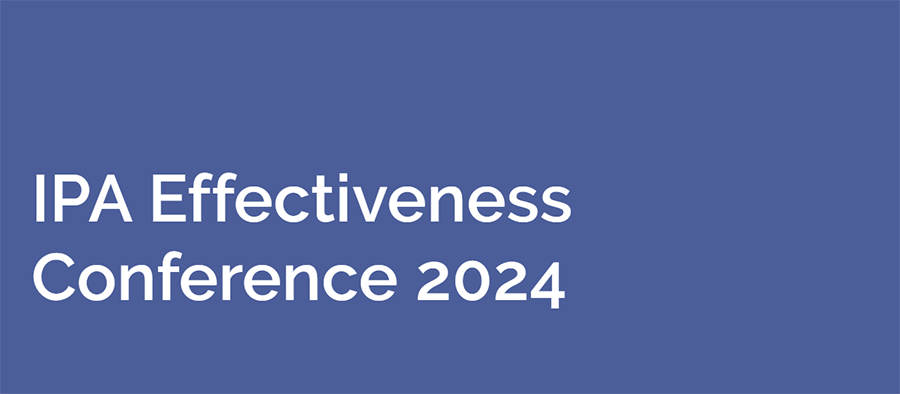Just last week, Google quietly released one of their occasional announcements which, while initially greeted with murmurs by digital search experts, eventually goes on to profoundly affect how audiences behave in our online and even our physical environments.
This one is about their intention to change the game for merchants on their platform. As of Monday, in the US, it is free to list products on Google shopping. Worldwide rollout is expected in the coming months.
Just to repeat that:
If you have any kind of retail business which sells online, you can now feature your products on Google Shopping.
For free.
When someone searches for what you’re selling online, based on the usual myriad mix of identifiers, those customers can now see your products, including its price and a picture, at the top of their search results.
It’s like having a free shop window in the world’s busiest high street.
Shopping ads are currently a huge business for Google, so the decision to complicate and potentially endanger a massive revenue stream is intriguing, to say the least. Paid product listings will still feature in search results too, but it’s unclear what added benefits the paid placements will continue to have over the free competitors.
On the surface it might not make sense – so what else may be afoot?
The new digital shopping mall
It’s important to think about the knock on behaviours this development enables and incentivises. Simply put, Google is about to be flooded with new online retailers.
Free listings for retailers provide a ready source of traffic and makes it easier for retailers of all sizes to keep their own sites more viable and profitable.
Becoming free will encourage huge ad depth as the previous barriers to entry suddenly recede. This increased product depth should make the shopping experience better for consumers, and Google may see an increase in demand for its (still monetised) core search service.
But this is unlikely to directly replace the existing revenue from shopping ads, even with an expectation that increased demand for traditional search would also drive up cost-per-click (CPC).
Rather, many digital search experts are seeing it as an extreme unilateral action to abruptly cut the momentum of one of their biggest competitors. Amazon’s commanding position in the online retail space has been given another huge boost recently by the pandemic lockdown.
Suddenly online purchase and delivery has become a literal lifeline for millions, with Amazon best placed to benefit due to their existing fulfillment and delivery infrastructure, optimised logistics processes and market reach. This could have contributed to a sense of urgency from Google, who have strong existing partnerships with PayPal and other third party specialists to support streamlining and smoothing-out the vendor onboarding process.
Many of Amazon’s remaining bricks-and-mortar competitors have been forcibly closed down, and it remains to be seen which of them will ever be in a position to reopen come the summer and easing of COVID-19 related restrictions.
This fortuitous set of circumstances for such a major competitor can hardly have failed to be noticed by Google, who of course maintain the closest possible thing to a monopoly over aggregate digital data. Google’s removal of the price barrier to online shopping could therefore be about countering Amazon’s massive and growing stranglehold on global ecommerce.
Moving into wilder speculation territory, the move may also pave the way for Google to start a fulfilment strand and drive new revenues by supplying the retailer logistics services in much the same way that Fulfilled by Amazon already does. This would be a reasonable next step on Google’s moves to create a consistent shopping experience.
One digital search – bringing SEO and PPC together
Google’s periodic changes to their operating model is the digital world’s equivalent of heavy weather patterns or other natural phenomena – unpredictable, dynamic, and causing as many exciting opportunities as difficult problems.
At aip, what intrigues us most here is the one-search scenario. The extra retail search depth this will inevitably drive means that search engine optimisation (SEO) and pay-per-click (PPC) will increasingly converge and become even more important.
We have an award-winning track record in driving value for our clients by aligning SEO and PPC, so we digital search experts welcome the challenge and the chance to develop our practice even further. (Get in touch to get your search inventory lined up before everyone else does!)
The end of the high street?
The inevitable surge in interest in online retail is sure to accelerate current trends and the debate around the future of the high street. The purpose and profitability of traditional shopping has been uncertain for years, and the simultaneous arrival of COVID-19 and free retail listings on Google could amount to a perfect storm.
Is shopping about to finally become a totally online-first activity, and will ‘going to the shops’ become an anachronism? Do customers really need or want shopping centres any more, and do the prevailing economics even work?
All this speculation about changes in online structures may ironically have much bigger effects offline, and force us to ask – just what are our town centres for?
We have some ideas about that too. Contact us to find out more and speak to our experts in OOH advertising.




